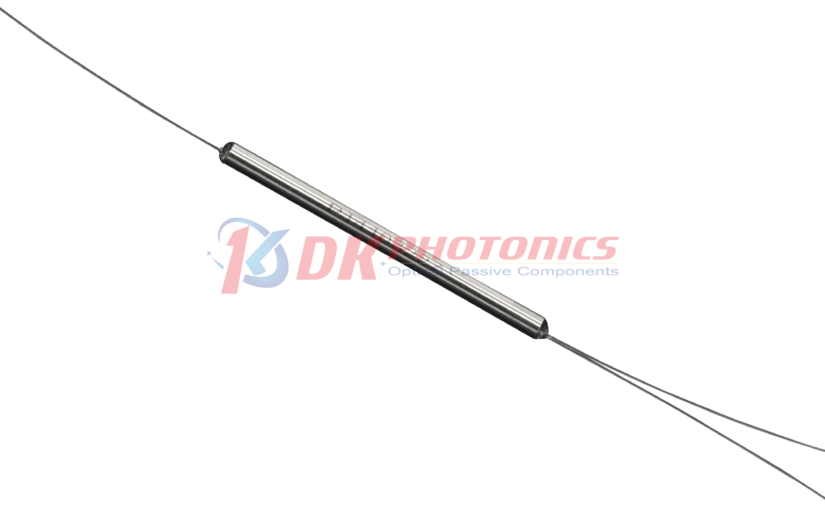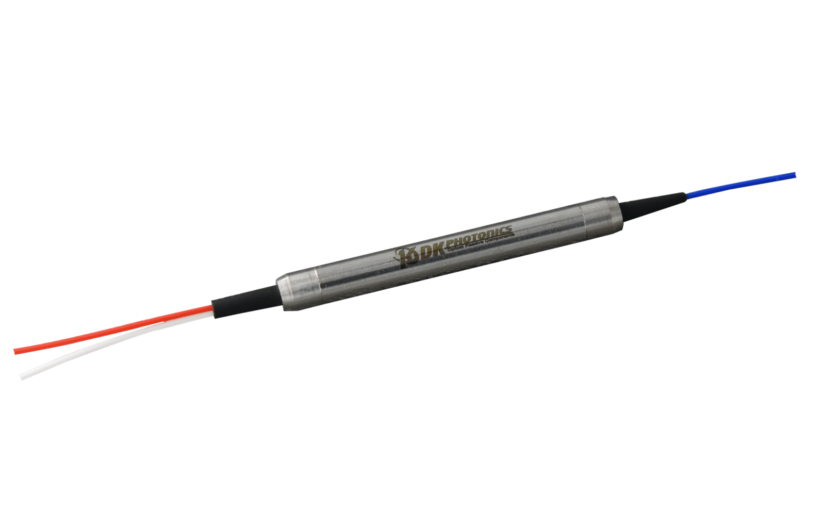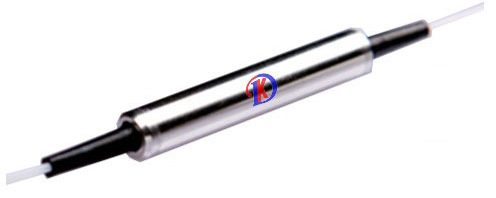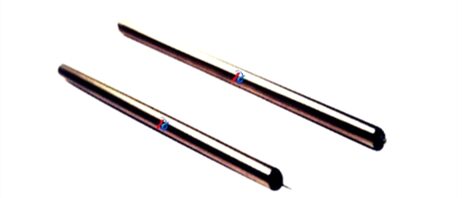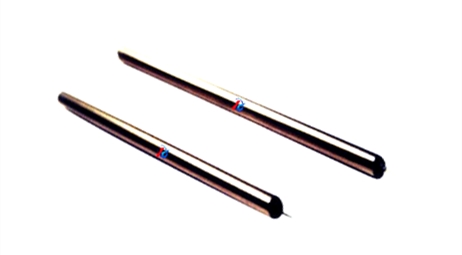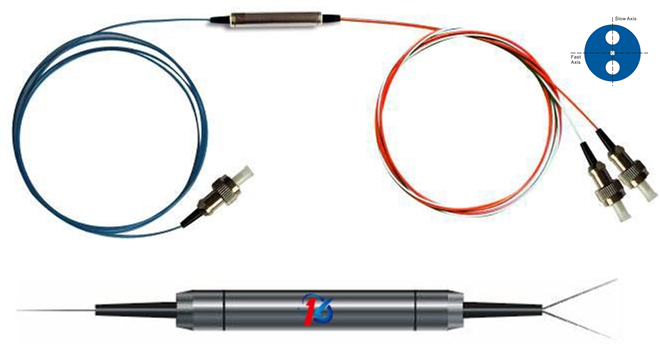Have you ever wondered how the internet works? It’s like a big network of roads where information travels from one place to another. But did you know that there are special tools called Polarization Maintaining Fused WDM that help make this network strong and reliable? Let’s learn about the key components of a Polarization Maintaining Fused WDM system in simple words!
1. Optical Fibers
Imagine optical fibers like tiny, invisible roads that carry beams of light. These fibers are the backbone of a Polarization Maintaining Fused WDM system. They help guide the light signals from one place to another without getting lost or mixed up.
2. Wavelength Division Multiplexers (WDMs)
Wavelength Division Multiplexers, or WDMs for short, are like traffic controllers on the optical fiber roads. They help manage the flow of light signals by splitting them into different wavelengths, or colors, so they can travel together without crashing into each other.
3. Polarization Maintaining Fiber (PMF)
Polarization Maintaining Fiber is a special type of optical fiber that keeps the light signals aligned in a specific direction. It’s like having lanes on a road where cars can only travel in one direction. This helps prevent the light signals from getting mixed up or scattered along the way.
4. Fused WDM Devices
Fused WDM Devices are the heart of a Polarization Maintaining Fused WDM system. These devices combine the functions of WDMs and PMFs to efficiently manage and guide the light signals. They ensure that the signals stay organized and reach their destination safely and without any interference.
5. Connectors and Couplers
Connectors and Couplers are like the bridges and tunnels on the optical fiber roads. They help connect different parts of the Polarization Maintaining Fused WDM system together, allowing the light signals to travel smoothly from one component to another.
Why Polarization Maintaining Fused WDM Matters
Polarization Maintaining Fused WDM matters because it helps make the internet faster, more reliable, and less prone to errors. By keeping light signals aligned and organized, Polarization Maintaining Fused WDM ensures that data travels quickly and accurately through optical networks.
Fewer delays, less data loss, and better overall performance for internet users can be achieved. Additionally, Polarization Maintaining Fused WDM systems allow for efficient use of optical fibers, maximizing the capacity of communication networks and enabling seamless connectivity for millions of people worldwide.
The major components of a Polarization Maintaining Fused WDM system function like a well-oiled machine to keep the internet working smoothly. From optical fibers and WDMs to Polarization Maintaining Fiber and Fused WDM devices, each component plays an important role in directing and managing the flow of light data.
